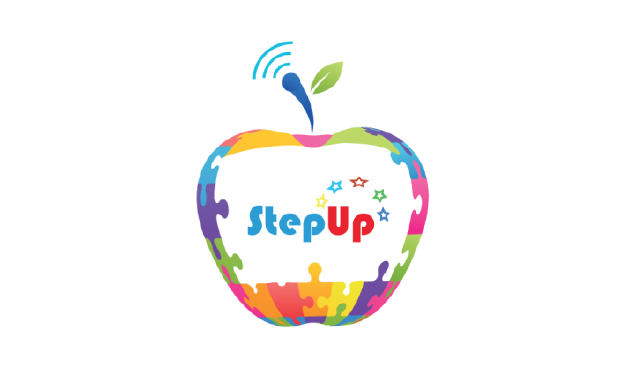Get Full Access to Lumos StepUp - Grade 8 Language Arts Literacy
Currently, you have limited access to Lumos StepUp - Grade 8 Language Arts Literacy. The Full Program includes,
Buy Practice Resources
 Online Program
Online Program
Reading Task 2
Matter
Everything in this world (from the books we read to the water we drink and the air we breathe) is made up of matter. Now what is this “matter” made of? Matter is made of tiny microscopic particles called “atoms”. These “atoms” are themselves made up of tinier subatomic particles called protons, neutrons and electrons. Matter is what molecules and atoms are made of. The study of understanding matter and its components is a branch in chemistry.
The origin of chemistry runs back hundreds and hundreds of years. Before anyone knew about atoms, there lived people who were called alchemists. These alchemists tried to find out what things were made of. They tried to turn metals such as lead into gold by melting it. Most of the alchemists were women. The name for alchemy was “Opus mulierum”, which means the “work of women” in Latin. Scientists believe that matter was created in a great explosion called the “Big Bang”. Many different particles were created after this explosion. Huge amounts of heat and energy were released during the explosion. Then bundles of this heat and energy turned into tiny particles. These particles then turned into atoms that make up the entire universe that we live in today.
To identify many subatomic particles scientists use bubble chambers. These bubble chambers contain liquid hydrogen near its boiling point. The subatomic particles that travel through this liquid hydrogen leave trails of bubbles behind them. Although these particles are invisible, the trails that they leave behind can be seen. These trails look different for each type of particle.
Matter can be divided into living matter and non-living matter. Earth is home to many living things, including all kinds of plants and animals. Living matter can grow, reproduce and move around. Non-living matter cannot grow, reproduce or move around. A good example of this would be the earth that we live on. It is a big rock. Whether it is a rock, a beetle, or a tiny bead, each is made up of matter.
Matter is usually in three forms: solids, liquids and gases. Take a soda can and open it. The fizz that comes up is an example of gas, the cola inside is an example for liquid and the can is an example of a solid. The atoms in the solids are tightly bound together. Thus solids have a definite volume and shape. The atoms in the liquid are free flowing and not too tightly bound. Thus the liquids have volume but no definite shape. The liquids are free flowing and take the shape of the solids that hold them. The atoms in the gases are free flowing and are loosely bound. Thus they have no definite volume or shape. Liquids and gasses are called fluids.
The fourth state of matter is called plasma. It only exists at very high temperatures inside the Sun and other stars, or on Earth at very low pressure. It consists of atoms split up by great amounts of heat or electricity. The particles that result from the split of atoms are called ions and electrons.
What are ions and electrons?




